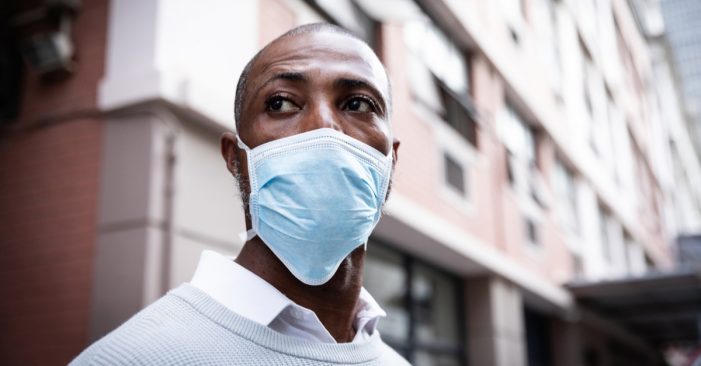Health Testing Centers issued a report on The State of Contract Tracing in the U.S., using historical and current data on the effectiveness of contact tracing from the Bubonic Plague in the 16th century to Covid-19 today. Contact tracing is when state and local health departments identify individuals who may have been exposed to an infectious disease so they can be tested and treated to stop the disease from spreading. New York ranks No. 1 in among states
with 87.4 contact tracers per 100,000 people. The report shows 4 things you should know about contact tracing:
1) Used to Stop the Plague in Europe 500 Years Ago: Contact tracing goes back to at least the 1500s when German hospitals used it to fight the bubonic plague. The results of contact tracing were used to debunk theories that the plague was the result of bad food, pollution, or even of a celestial origin.
2) Controlled STI’s in America after WW2: The most common use of contact tracing in the U.S. today is in combating the spread of sexually transmitted infections (STIs). More than 1,600 specialists are funded by the Centers for Disease Control and Prevention to do so. This began in the 1940s when during and after World War 2 syphilis, fatal if untreated, was rampant. In 1946, the CDC reported 70.9 infections per 100,000 people. Due to contact tracing, by 1956 that dropped to 3.9 infections per 100,000.
3) Recent Study Shows Contact Tracing Dramatically More Effective: A recent study in the United Kingdom
found that contact tracing was dramatically more effective in slowing the spread than other methods. Mass testing
reduced COVID-19 transmission by 2%; self-isolation and household quarantine by 37% and contact tracing along with self-isolation and household quarantine bump that number up to 64%.
4) U.S. Contact Tracer Shortage: Robust contact tracing is one of the most important tools Germany has used to control the pandemic in that country, where about 400 call centers are in operation. Leaders have said their goal is to have one tracer per 4,000 people or about 21,000 contact tracers for the nation of 83 million. In the U.S., a shortage of contract tracing personnel is evident. An NPR analysis in May found that 44 states and D.C. planned to add contact tracing employees to the tune of more than 66,000 workers. But estimates indicate that 180,000 are needed until a vaccine becomes available. NPR’s analysis indicated that 30 contact tracers per 100,000 residents would be needed for the COVID-19 pandemic and only eight states were on track to meet that need. This number is roughly equivalent to the ratio employed by German health officials.
Time will tell the toll of coronavirus, both human and otherwise, but evidence has consistently suggested that contact tracing should be fully embraced as a strategy for curbing the spread of the virus, and there’s no doubt that some states are planning to invest more heavily in ramping up their use of contact tracing than others. But with a possible vaccine likely at least several months away, towns, cities, counties, and states still have time to show they
are taking the COVID-19 threat seriously by implementing robust contact tracing measures that might cut off the supply of oxygen to this virus.

